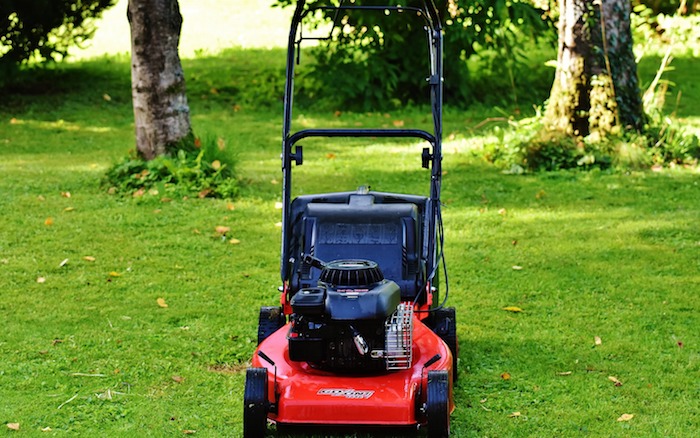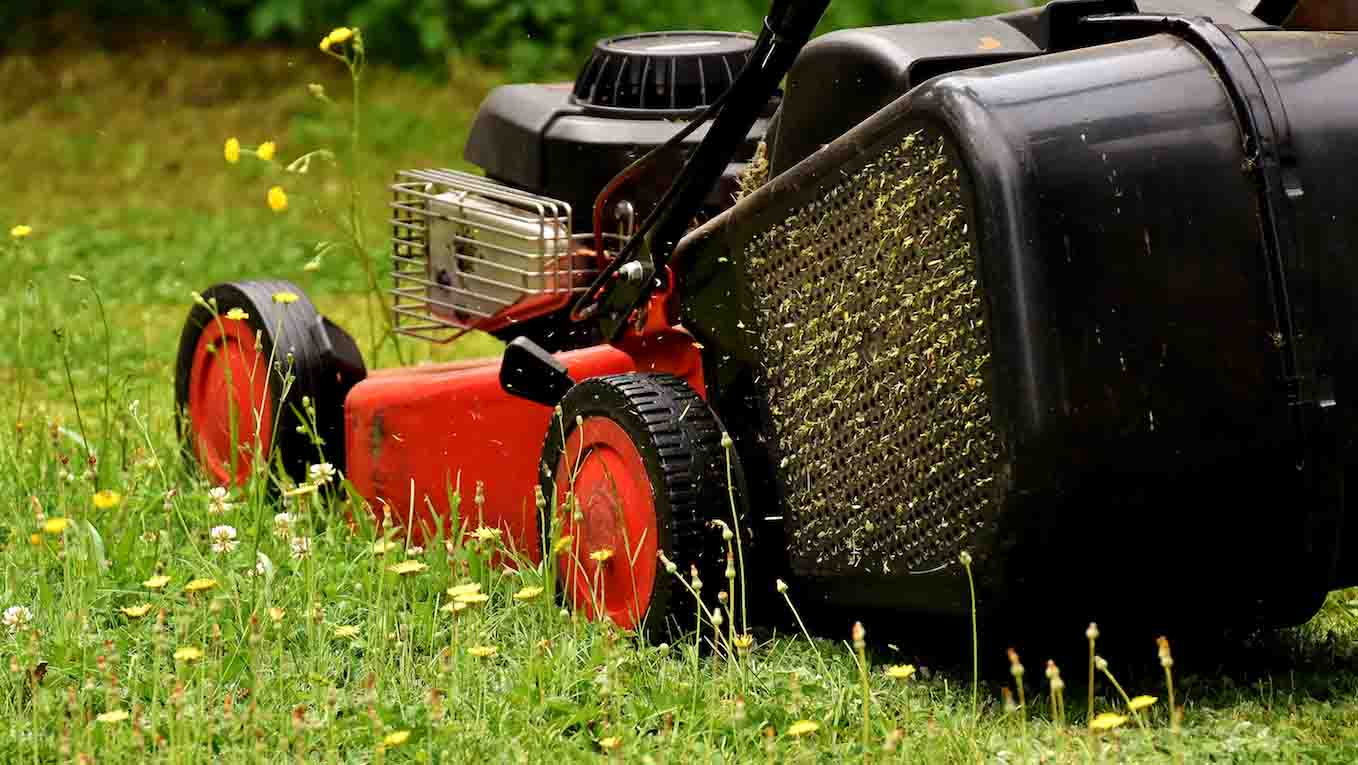
Source: MaxPixel
You take care of your car, your home, and all those things that need regular maintenance. What many folks neglect, however, is taking care of their lawn mower. The thing is, if you know how to tune up a lawn mower, you're going to make life a lot easier for yourself, especially when it comes time to take care of yard work.
Here are some steps you should take each year to keep your lawn mower at its best.
Oil change: Yes, there may be only about a quart of oil in the crankcase of your lawn mower's engine. It doesn't even have an oil pump, instead relying on splash oiling from dippers on the crankshaft's counterweights. Most push mowers also lack an oil filter, and since your mower runs in some nasty and dirty conditions, monitoring what's in it is a biggie. Just like with your car's engine, dirty oil that's full of particles will wear out your mower's engine. Drain and refill it with detergent motor oil before the lawn care season starts. On most push mower engines, it's a matter of just removing the oil filler plug and tipping the mower over to let the crankcase drain. (This may vary on newer engines, so check your owner's manual for details.)
Air filter: Some mowers use a pleated paper filter, while others use a foam rubber element. If your mower has a paper filter, just remove it and blast it thoroughly with compressed air, then replace it. For a foam rubber filter, wash it thoroughly with water and detergent and let it dry completely before reinstalling. Apply a few drops of a light oil to the filter element and it'll do a better job of catching dirt.
Spark plug: Like the motor oil and air filter, that spark plug sees some hard use. Many spark plugs for lawn mowers have a pre-set gap, but it's a good idea to check the specs and gap it with a feeler gauge anyway. The good news is that it's easy to get to (unlike on some automotive engines) - the most you might have to do is remove a cover. You can remove and install the plug using an automotive spark plug socket with a rubber insert in the base to grip the insulator. Be sure to torque the new plug in tightly.
Blade: This is one that gets neglected far too often when it comes to lawn mower maintenance. You want a good, sharp blade that will cut the grass instead of beating it to death, which is why removing and sharpening the blade should be done yearly since the blade takes a pretty good amount of abuse (especially if you ever hit rocks in your yard). Remember to disconnect the spark plug before removing the blade—you don't want the mower to start accidentally from torque on the shaft that could turn the engine over. Remember to mark the blade so you know which side faces down. You can sharpen it yourself with a stone, grinding attachment, or file, or if you really want a good-quality edge, take it to a shop that specializes in sharpening.
Clean the underside of the deck: The underside of the mowing deck will get a pretty nasty accumulation of dead grass over a season's time, so it's a good idea to get rid of that buildup. Hose it down with water to soften it up, then go after it with a putty knife or gasket scraper while you've got the blade off. To discourage grass from sticking to the underside of the deck, spray the whole surface with cooking spray or silicone spray lubricant.
Carburetor: Hopefully, if you drained the fuel in your lawn mower the previous year, you won't have any trouble with the carburetor. Still, it's a good idea to lubricate the choke linkage and blast some carburetor cleaner down the bore. If there's any sediment or other junk that's making the float stick or causing any other problems, that should be enough to loosen everything up again. If your carburetor is gummy and is refusing to start the engine, hit it with some starting fluid, unscrew the plug, and spray a little bit in the cylinder as well. It is also possible to remove the fuel bowl from the carb and clean that out as well. If all else fails, know how to remove the carburetor and install another one (they're too small to rebuild).
Push Mower, or Riding Mower?
For smaller lawns, the tried-and-true push mower is still a go-to favorite. It's simple and reliable, and available with a self-propelled option for bigger jobs.
Others prefer a riding lawn mower, which is available in anything from a simple, bare-bones model to a bells-and-whistles one with headlights, armrests, a comfy seat, and even cupholders. A riding mower needs a bit more maintenance, so add the following to your list:
- Check the battery and cables. Keep the battery on a maintainer during the winter to make it last longer.
- Check all tires for condition and proper inflation.
- Check discharge chute and bagger attachments for condition.
- Check the condition and tension of all the drive belts for the mower deck.
Now that you know how to tune up a lawn mower, enjoy a cool beverage, and take a little break—and then start on that lawn!








